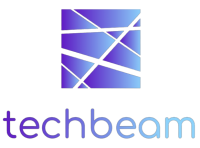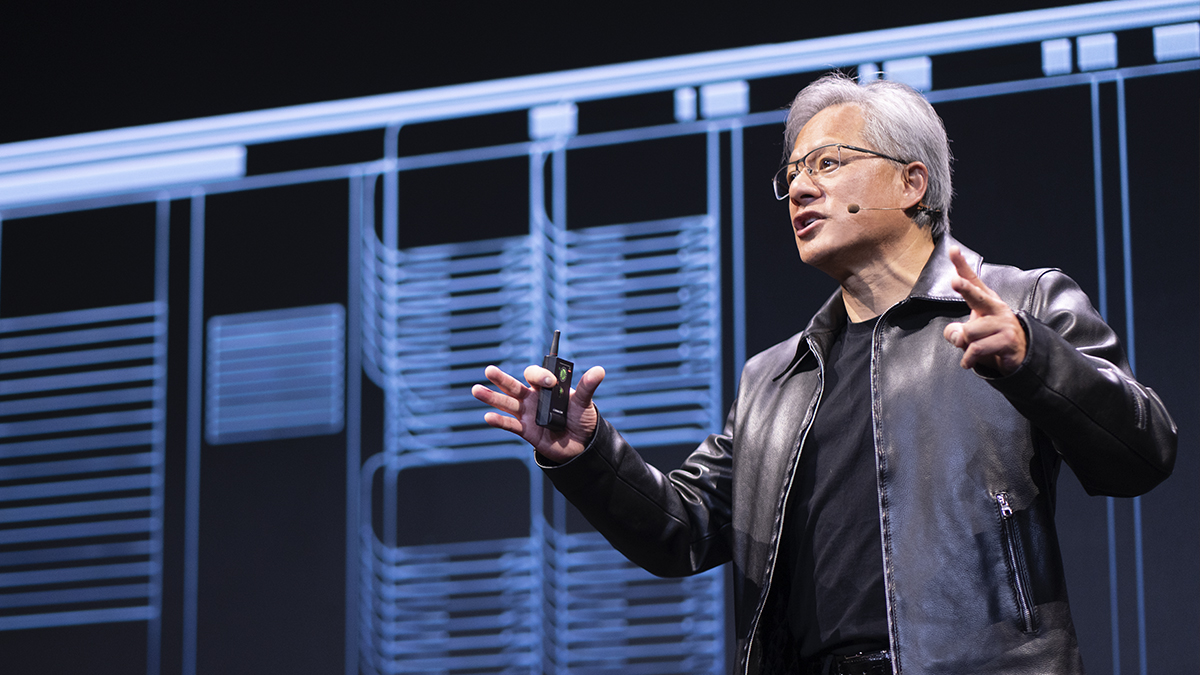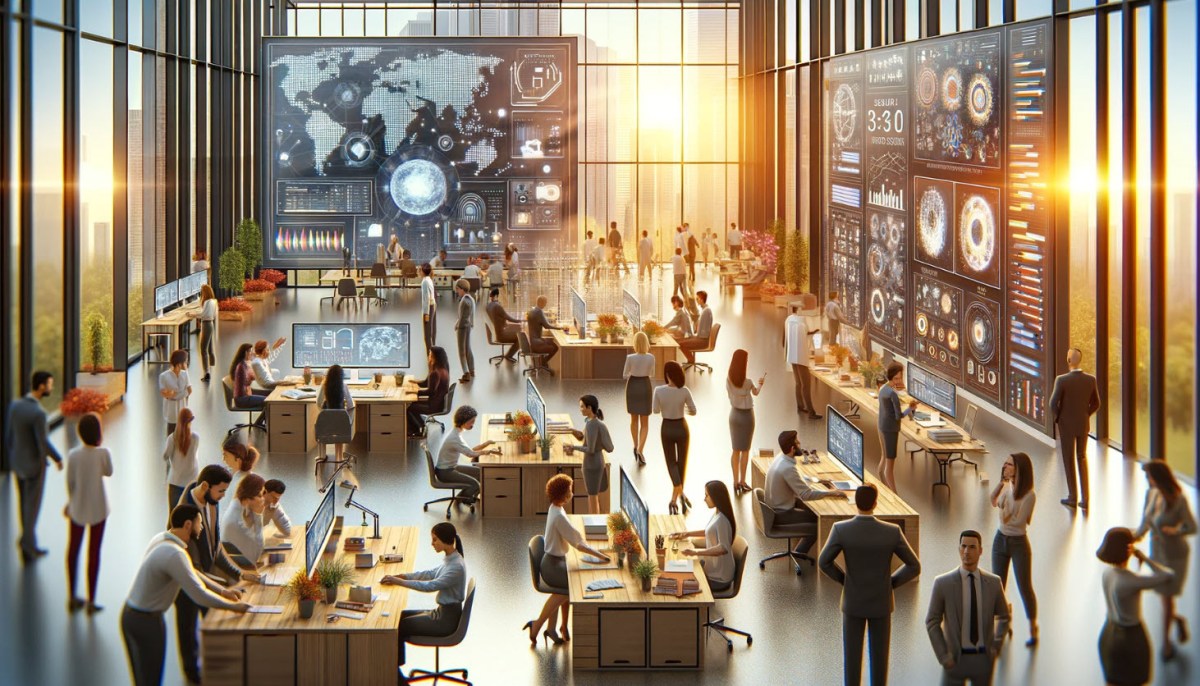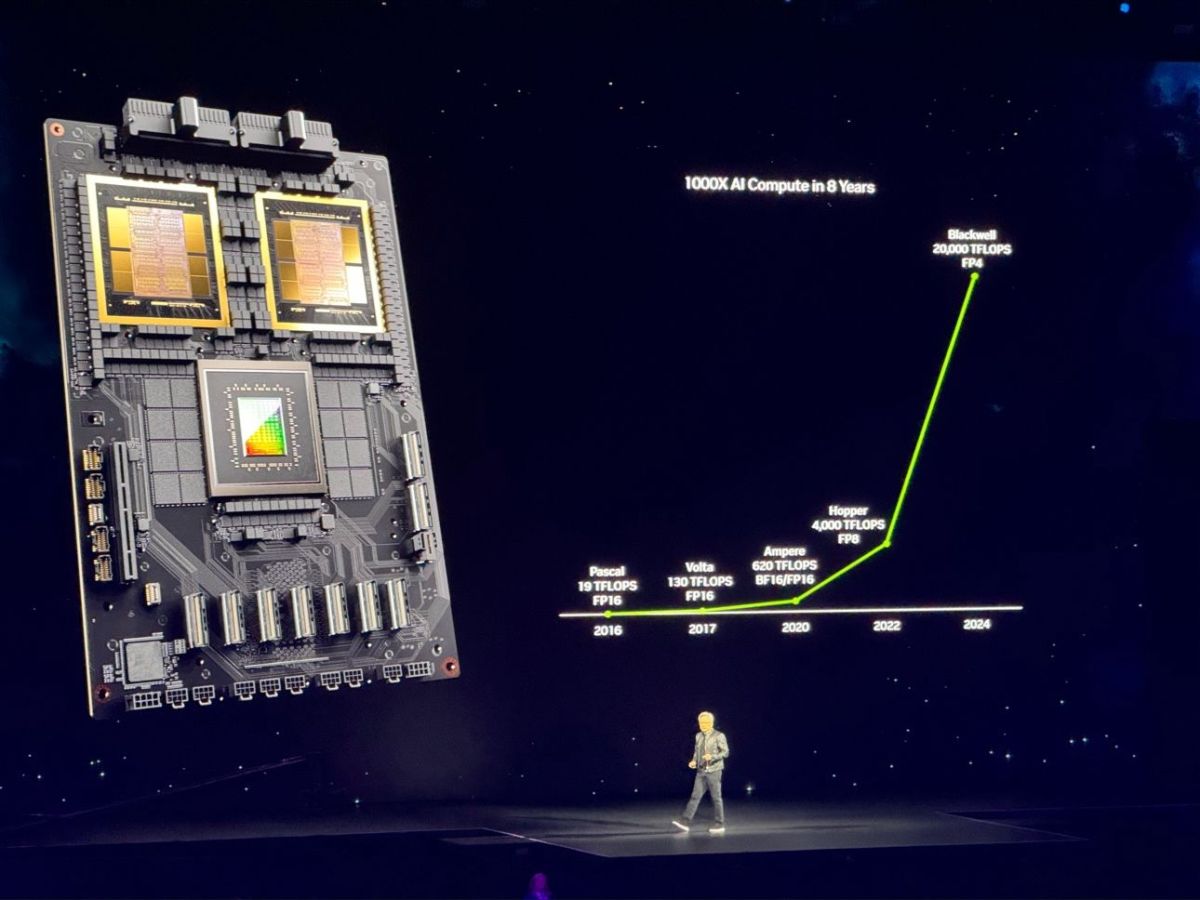The era of AI art generation has brought up questions about the use of human-made artworks to train their models. This issue comes to the forefront as AI art generators such as DALL·E rely heavily on existing art to fuel their creativity.
The picture generated by DALL·E depicts a futuristic robot standing on a hill, surrounded by a crowd of quirky artists. The diverse appearance of the artists in the image raises questions about the origin and ownership of the images used to train AI art generators.
The use of copyrighted artworks to train AI models has sparked debates about intellectual property rights and the ethics of utilizing existing art to create new works. As AI continues to advance and produce increasingly sophisticated art, it is essential to consider the implications of using human-made artworks as a foundation for AI-generated content.
In light of these concerns, it is crucial for AI art generators and their developers to uphold ethical standards and ensure that the use of existing art is done in a responsible and legal manner. As the boundaries between art and technology continue to blur, the implications of AI-generated art on the art world and intellectual property rights are sure to be hotly debated topics in the future.

I’m a highly experienced and respected author in the field of cryptocurrency. I have been writing about Bitcoin, Ethereum, Litecoin and other digital currencies for over 5 years which is widely regarded as one of the most knowledgeable and reliable sources of information in this area.








